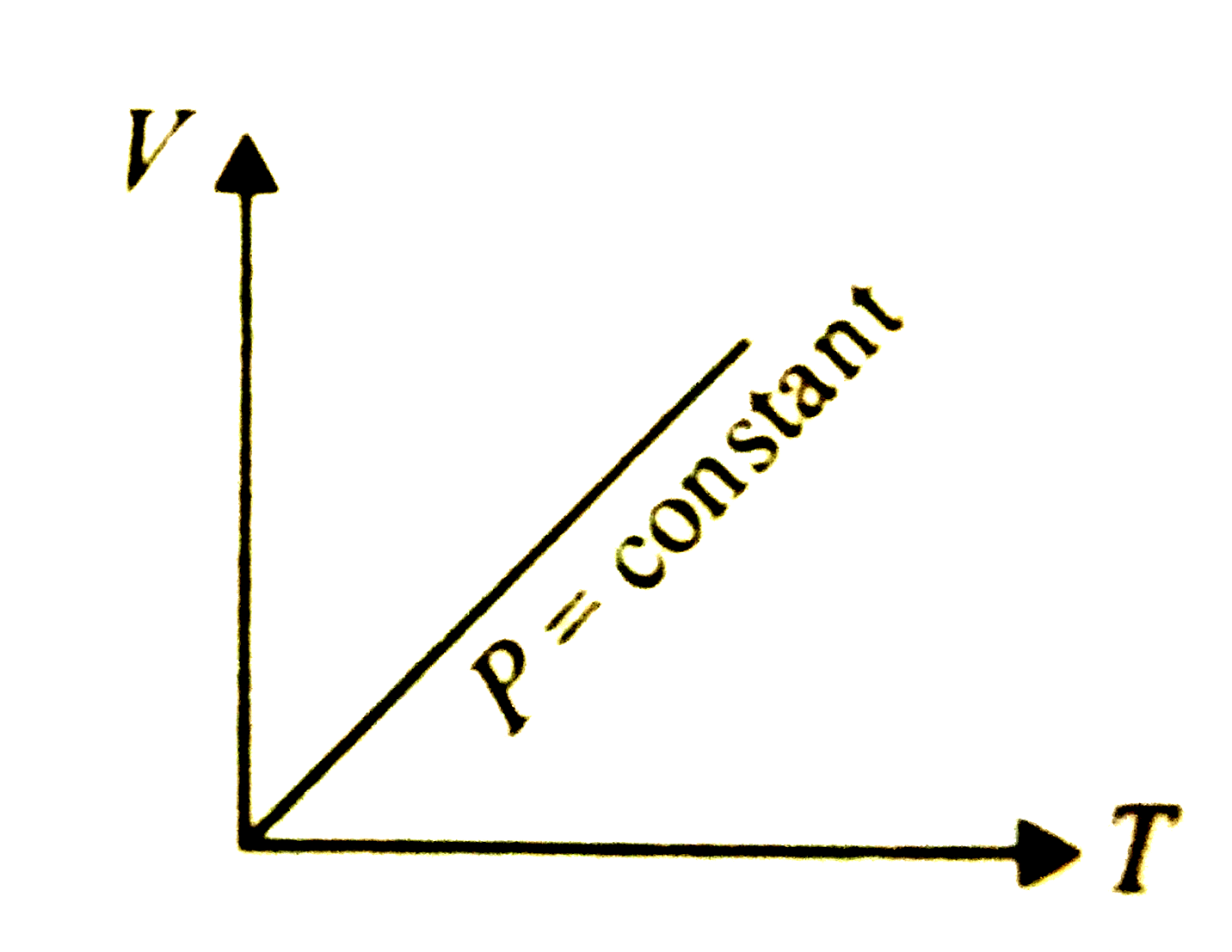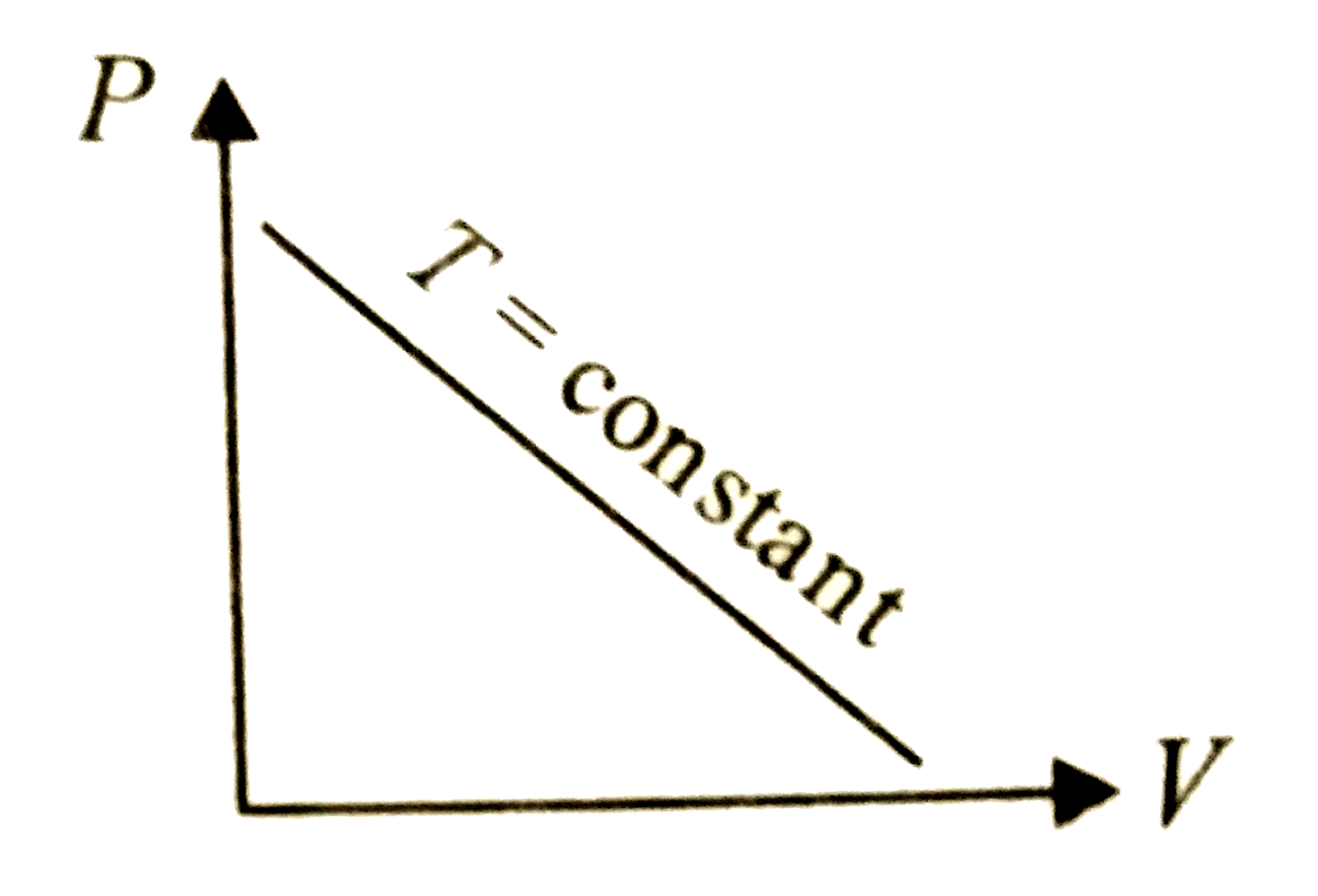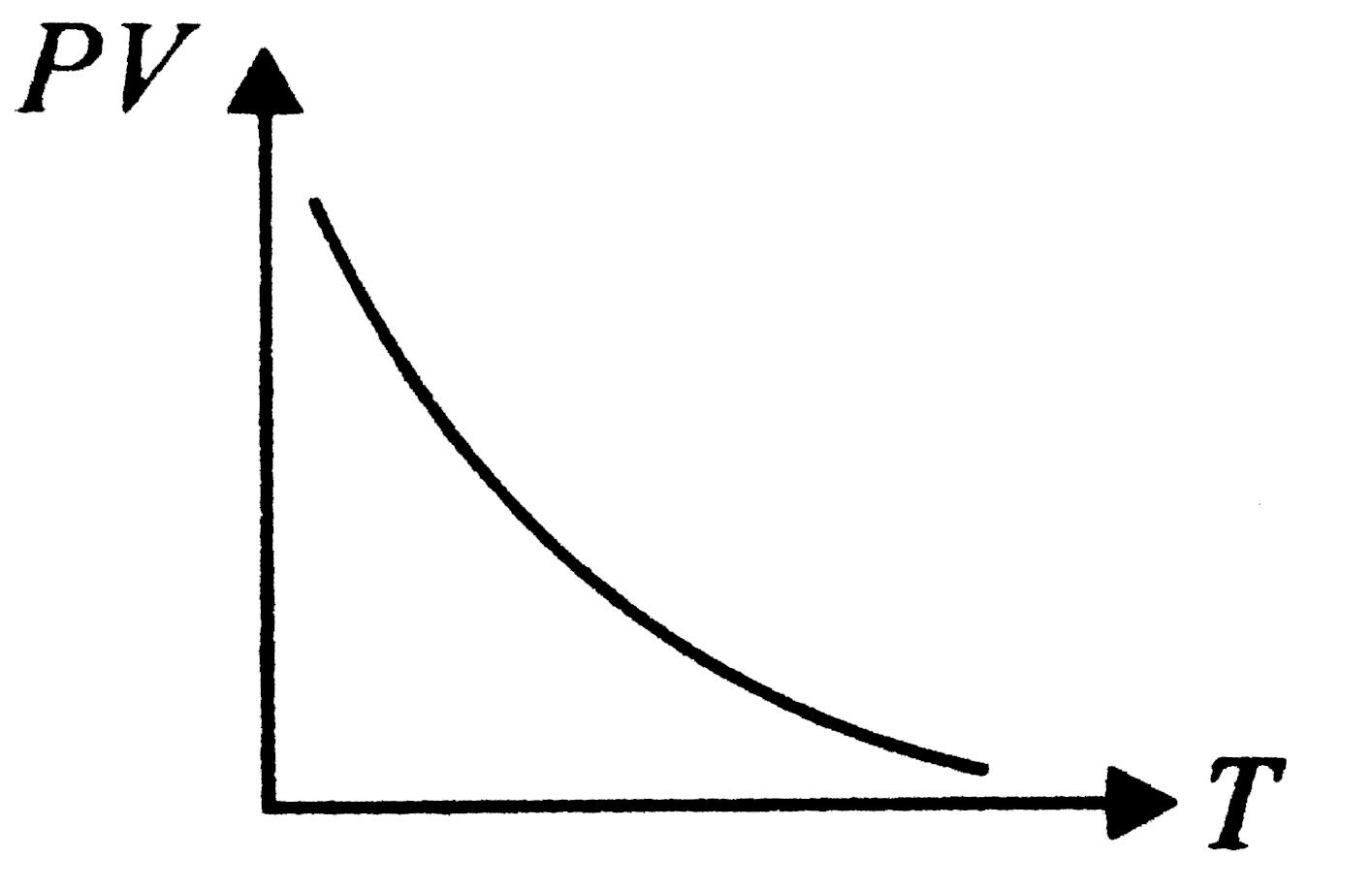When is deviation more in the behaviour of a gas from the ideal gas equation PV=nRT?
At high temperature and low pressure
At low temperature and high pressure
At high temperature and high pressure
At low temperature and low pressure
The correct Answer is:B
To determine when the deviation of a gas from the ideal gas equation PV=nRT is more pronounced, we can analyze the conditions under which real gases behave differently from ideal gases.
1. Understanding the Ideal Gas Law:
The ideal gas law is represented by the equation PV=nRT, where:
- P = pressure of the gas
- V = volume of the gas
- n = number of moles of the gas
- R = universal gas constant
- T = temperature of the gas in Kelvin
2. Conditions for Ideal Behavior:
- Real gases behave like ideal gases under certain conditions, specifically at high temperatures and low pressures.
- At high temperatures, the kinetic energy of gas molecules increases, which helps overcome intermolecular forces.
- At low pressures, the volume of the gas increases, reducing the effect of intermolecular forces as the molecules are further apart.
3. Conditions for Deviation:
- Deviation from ideal behavior is more significant at low temperatures and high pressures.
- At low temperatures, the kinetic energy of gas molecules decreases, allowing intermolecular forces to have a more significant effect.
- At high pressures, the volume of the gas decreases, causing the molecules to be closer together, which increases the impact of intermolecular attractions and repulsions.
4. Conclusion:
- Therefore, the maximum deviation from the ideal gas behavior occurs at low temperatures and high pressures.
Final Answer:
The deviation is more pronounced in the behavior of a gas from the ideal gas equation PV = nRT\ at low temperature and high pressure.
---
The ideal gas law is represented by the equation PV=nRT, where:
- P = pressure of the gas
- V = volume of the gas
- n = number of moles of the gas
- R = universal gas constant
- T = temperature of the gas in Kelvin
- Real gases behave like ideal gases under certain conditions, specifically at high temperatures and low pressures.
- At high temperatures, the kinetic energy of gas molecules increases, which helps overcome intermolecular forces.
- At low pressures, the volume of the gas increases, reducing the effect of intermolecular forces as the molecules are further apart.
- Deviation from ideal behavior is more significant at low temperatures and high pressures.
- At low temperatures, the kinetic energy of gas molecules decreases, allowing intermolecular forces to have a more significant effect.
- At high pressures, the volume of the gas decreases, causing the molecules to be closer together, which increases the impact of intermolecular attractions and repulsions.
- Therefore, the maximum deviation from the ideal gas behavior occurs at low temperatures and high pressures.
The deviation is more pronounced in the behavior of a gas from the ideal gas equation PV = nRT\ at low temperature and high pressure.
Similar Questions
Knowledge Check
Value of gas constant R in the ideal gas equation PV = nRT depends upon
Atemperature of the gasBpressure of the gasCunits in which P , V and T are measuredDnature of the gas .Which of the following graphs represent the behaviour of an ideal gas ?
A1. B2.
B2. C3.
C3. D4.
D4.
What are ideal and real gases? What is the cause of deviation of real gases from the ideal gas behaviour ?
View SolutionThe deviation of a real gas from the ideal one is minimum at
View SolutionUnder which of the following conditions applied together, a gas deviates most from the ideal behaviour ?
View SolutionFor a gas deviation from ideal behaviour is maximum at :
View SolutionA gas deviates maximum from the ideal gas laws at
View SolutionA real gas most closely approaches the behaviour of an ideal gas at:
View Solution
